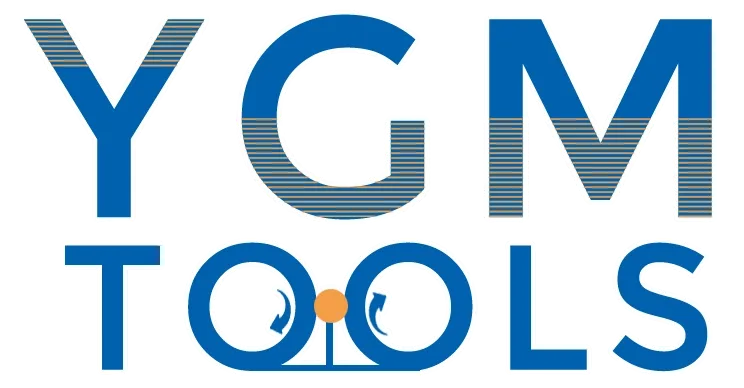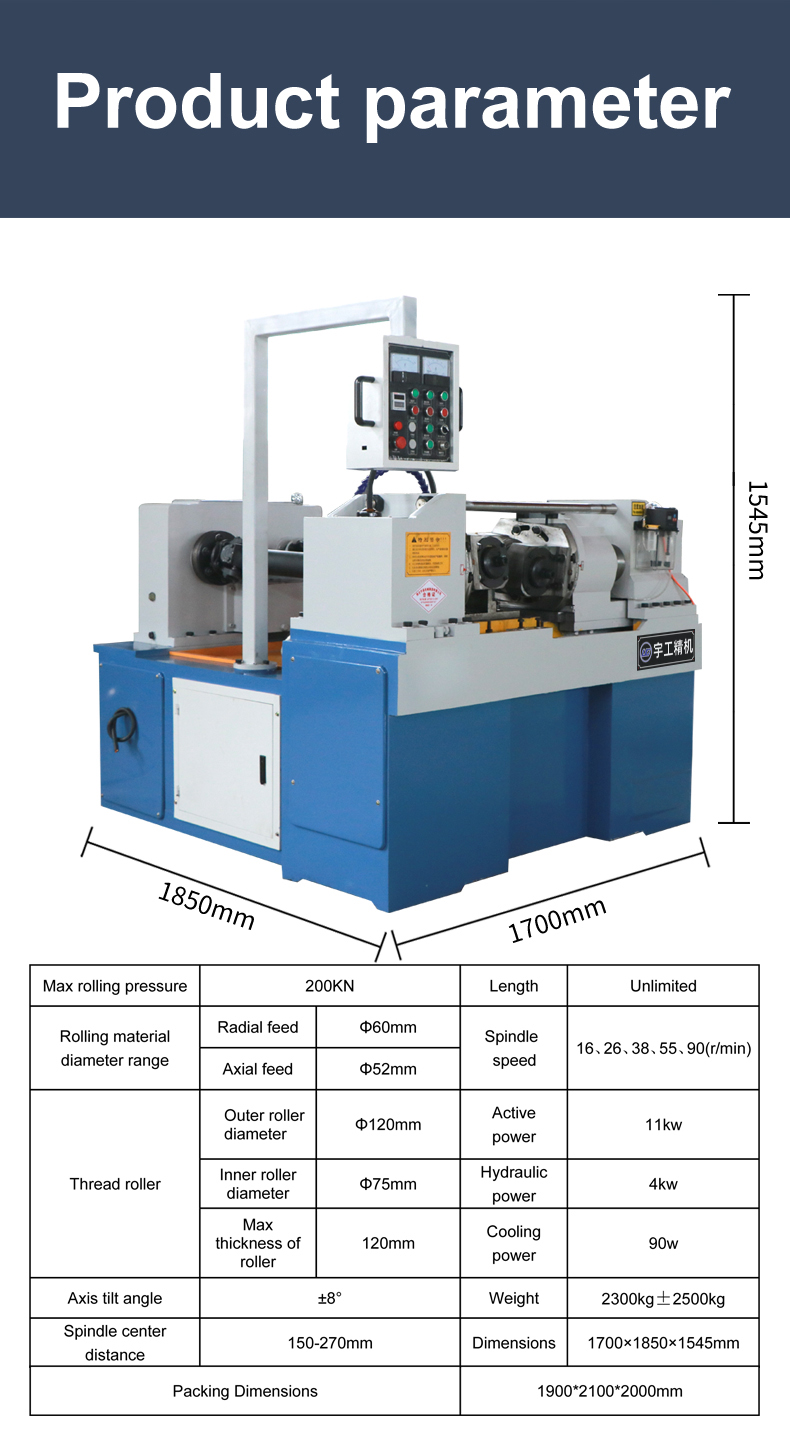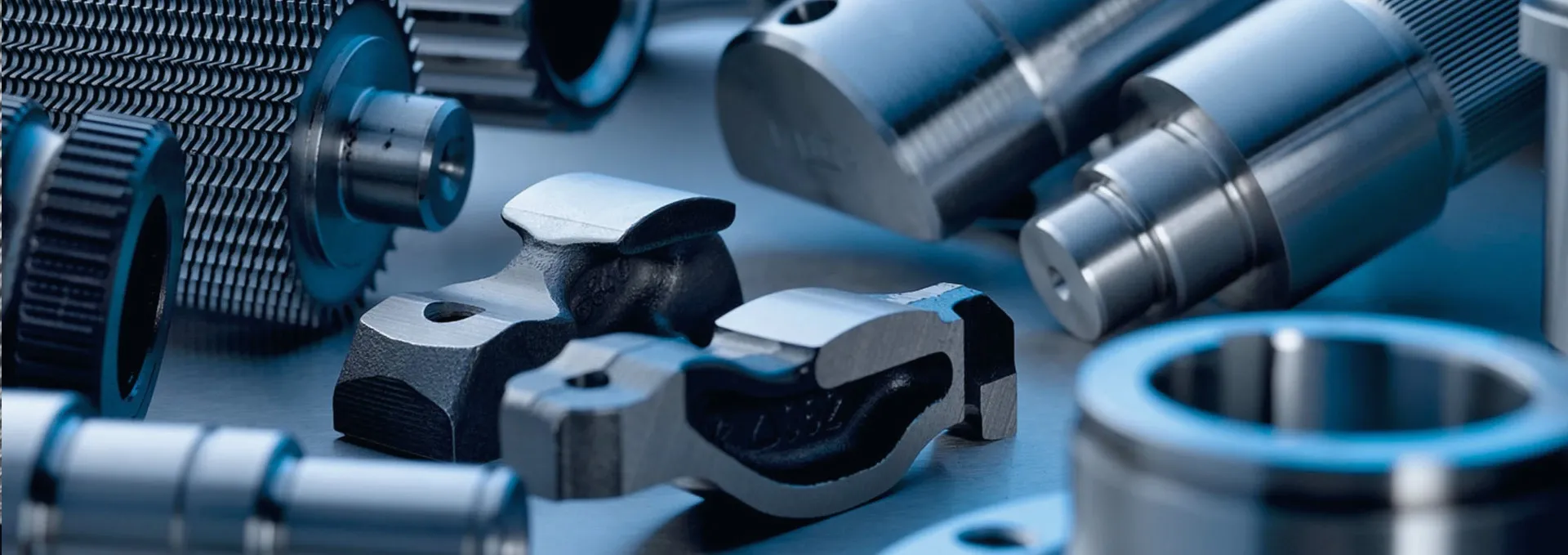
-
 Afrikaans
Afrikaans -
 Albanian
Albanian -
 Amharic
Amharic -
 Arabic
Arabic -
 Armenian
Armenian -
 Azerbaijani
Azerbaijani -
 Basque
Basque -
 Belarusian
Belarusian -
 Bengali
Bengali -
 Bosnian
Bosnian -
 Bulgarian
Bulgarian -
 Catalan
Catalan -
 Cebuano
Cebuano -
 Corsican
Corsican -
 Croatian
Croatian -
 Czech
Czech -
 Danish
Danish -
 Dutch
Dutch -
 English
English -
 Esperanto
Esperanto -
 Estonian
Estonian -
 Finnish
Finnish -
 French
French -
 Frisian
Frisian -
 Galician
Galician -
 Georgian
Georgian -
 German
German -
 Greek
Greek -
 Gujarati
Gujarati -
 Haitian Creole
Haitian Creole -
 hausa
hausa -
 hawaiian
hawaiian -
 Hebrew
Hebrew -
 Hindi
Hindi -
 Miao
Miao -
 Hungarian
Hungarian -
 Icelandic
Icelandic -
 igbo
igbo -
 Indonesian
Indonesian -
 irish
irish -
 Italian
Italian -
 Japanese
Japanese -
 Javanese
Javanese -
 Kannada
Kannada -
 kazakh
kazakh -
 Khmer
Khmer -
 Rwandese
Rwandese -
 Korean
Korean -
 Kurdish
Kurdish -
 Kyrgyz
Kyrgyz -
 Lao
Lao -
 Latin
Latin -
 Latvian
Latvian -
 Lithuanian
Lithuanian -
 Luxembourgish
Luxembourgish -
 Macedonian
Macedonian -
 Malgashi
Malgashi -
 Malay
Malay -
 Malayalam
Malayalam -
 Maltese
Maltese -
 Maori
Maori -
 Marathi
Marathi -
 Mongolian
Mongolian -
 Myanmar
Myanmar -
 Nepali
Nepali -
 Norwegian
Norwegian -
 Norwegian
Norwegian -
 Occitan
Occitan -
 Pashto
Pashto -
 Persian
Persian -
 Polish
Polish -
 Portuguese
Portuguese -
 Punjabi
Punjabi -
 Romanian
Romanian -
 Russian
Russian -
 Samoan
Samoan -
 Scottish Gaelic
Scottish Gaelic -
 Serbian
Serbian -
 Sesotho
Sesotho -
 Shona
Shona -
 Sindhi
Sindhi -
 Sinhala
Sinhala -
 Slovak
Slovak -
 Slovenian
Slovenian -
 Somali
Somali -
 Spanish
Spanish -
 Sundanese
Sundanese -
 Swahili
Swahili -
 Swedish
Swedish -
 Tagalog
Tagalog -
 Tajik
Tajik -
 Tamil
Tamil -
 Tatar
Tatar -
 Telugu
Telugu -
 Thai
Thai -
 Turkish
Turkish -
 Turkmen
Turkmen -
 Ukrainian
Ukrainian -
 Urdu
Urdu -
 Uighur
Uighur -
 Uzbek
Uzbek -
 Vietnamese
Vietnamese -
 Welsh
Welsh -
 Bantu
Bantu -
 Yiddish
Yiddish -
 Yoruba
Yoruba -
 Zulu
Zulu
Custom Thread Rolling Machine Operation and Benefits for Various Industries
Understanding the Working Mechanism of Custom Thread Rolling Machines
Thread rolling machines are specialized equipment used in the manufacturing of threaded components, which are essential in a multitude of industries, including automotive, aerospace, construction, and consumer goods. These machines convert plain metal into threaded products through a process that enhances the material's mechanical properties while ensuring precision and quality. This article explores the working mechanism of custom thread rolling machines, highlighting their significance and advantages.
The Basics of Thread Rolling
Thread rolling is a cold forming process that deforms the metal to create threads. Unlike traditional cutting methods, thread rolling does not remove any material. Instead, it reshapes the material using the principle of plastic deformation. This results in improved strength, as the metal’s grain structure is maintained and even altered to strengthen the threads, compared to those produced via cutting.
Key Components of Custom Thread Rolling Machines
Custom thread rolling machines are designed to meet specific production needs and incorporate various components to ensure efficiency and versatility. Here are the main parts of these machines
1. Rolling Dies The core element of the machine, the rolling dies, come in three primary sets one for the forming, one for the pushing, and one for the guide. These dies are precision-engineered to shape the threads accurately. Custom designs can be developed based on the requirements of the threaded component.
2. Workpiece Holder This component securely holds the raw material, typically in the form of a cylindrical rod or bar. It ensures that the metal is positioned correctly for consistent thread formation during the rolling process.
3. Drive Mechanism The machine's operation relies on a powerful drive mechanism that rotates the rolling dies and moves the workpiece through the die set. The rotation generates the necessary pressure for forming threads on the metal surface.
4. Control Systems Modern thread rolling machines are equipped with advanced control systems that allow operators to adjust parameters such as speed, pressure, and position. This flexibility is essential in custom manufacturing scenarios, as it enables the processing of different materials and thread designs.
The Working Process
custom thread rolling machine working

The process begins with the preparation of the raw material, which is typically heated to an appropriate temperature to facilitate easier deformation, although many operations can be done at room temperature. The prepared workpiece is then placed into the workpiece holder. The machine is operated by engaging the drive mechanism, which causes the rolling dies to rotate and interact with the metal.
As the workpiece moves through the rolling dies, the dies exert significant pressure, causing the metal to flow into the die cavities. This flow forms the desired thread profile, which can be external or internal, depending on the design requirements. The depth and pitch of the threads can be adjusted by changing the rolling die configuration and the operation settings.
After the thread rolling process, the freshly formed threads exhibit significant benefits, including higher fatigue strength, improved surface finish, and precise dimensional accuracy. Additional post-processing may include finishing operations like washing, annealing, or coating, depending on the application.
Advantages of Custom Thread Rolling Machines
1. Enhanced Mechanical Properties The cold forming process strengthens the material, making the final products more robust and durable compared to those produced through cutting.
2. Material Savings Since thread rolling does not remove material, it results in less waste, making it a more sustainable option for mass production.
3. High Production Efficiency Custom thread rolling machines can produce large quantities of threaded components swiftly, reducing cycle time and lowering overall manufacturing costs.
4. Versatility These machines can be customized to produce various thread types and sizes, accommodating the diverse needs of different industries.
5. Improved Surface Finish The cold working process enhances the surface quality of the threaded components, ultimately reducing the need for extensive finishing work.
In conclusion, custom thread rolling machines play a crucial role in manufacturing quality threaded components across various industries. Their advanced design and efficient working mechanism not only improve the physical properties of the products but also promote increased productivity and sustainability in manufacturing practices. Understanding their operation is vital for manufacturers seeking to optimize their production processes and meet industry demands effectively.
